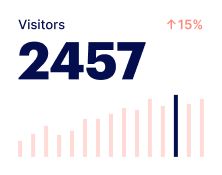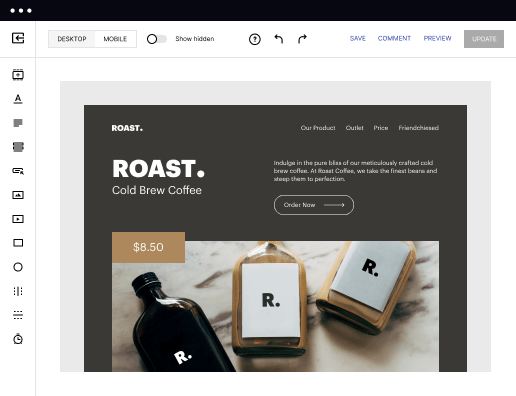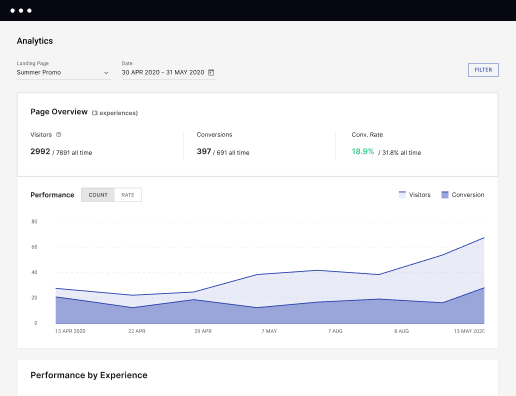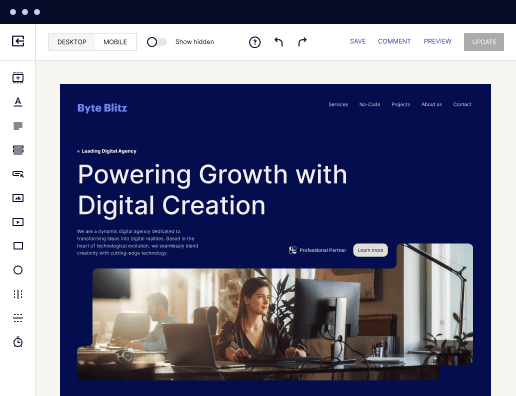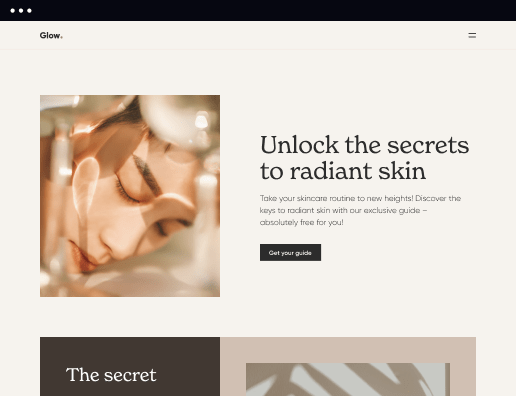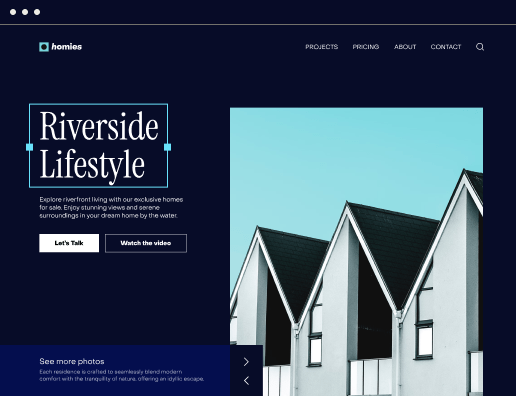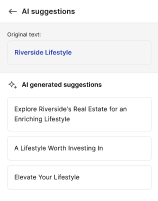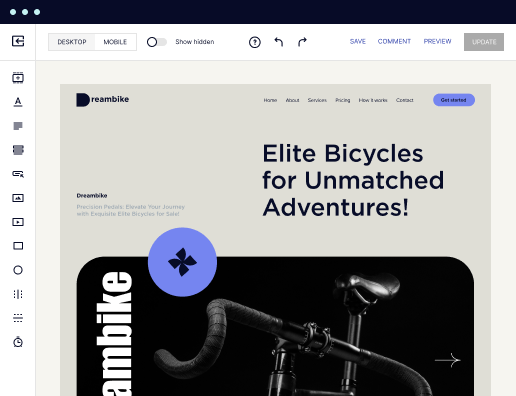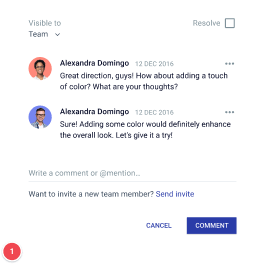Make your settings page designed for macOS
Instapage empowers you to reduce costs, increase conversions, and deliver meaningful experiences on macOS.
Build your settings page on macOS with Instapage
Creating optimized landing pages is vital for marketers seeking to enhance conversion rates and build trust in their brand. With Instapage, marketers are empowered to design high-performing settings pages tailored for macOS users. Instapage provides a flexible platform that requires no coding expertise, allowing for quick and intuitive page creation. This guide will delve into the step-by-step process of building your settings page on macOS while maximizing the unique value that Instapage offers.
Understand the Basics of Build your settings page on macOS
Before diving into design, it’s essential to grasp what a settings page entails. A settings page is where users adjust configurations that impact their experience. Optimization and personalization are critical as they directly influence user satisfaction and conversion rates. Using Instapage, you can utilize built-in features like heatmaps and A/B testing to enhance your page's performance. This ensures your settings page not only looks appealing but also functions effectively.
- User-friendly templates: Choose from over 100 layouts to kickstart your design.
- Customization without coding: Easily modify your settings page elements using dynamic text replacement.
- Built-in analytics: Monitor user engagement and tweak content based on performance data.
Step 1: Select Your Template for the Settings Page
The first step in building your settings page on macOS is to select the appropriate template that aligns with your brand’s identity. Instapage provides a wide range of customizable templates specifically designed for high conversion. Choose a template that best suits the functionalities your users would expect, ensuring a seamless experience.
Step 2: Customize Content and Design
Once the template is selected, customizing your content is crucial. Here are practical actions to consider:
- Update text fields: Clearly label each setting option for user clarity.
- Incorporate visuals: Use icons and images that enhance usability and align with your brand identity.
- Utilize dynamic content: Create personalized experiences for different user segments based on their interactions.
Step 3: Implement Optimization Tools
After customizing your settings page, leverage Instapage’s optimization features to ensure maximum efficiency and user satisfaction. Implement the following strategies:
- Run A/B tests: Experiment with different designs to see which elements drive more engagement.
- Apply heatmaps: Analyze how users interact with your settings page, allowing for data-driven improvements.
- Monitor ongoing performance: Use the analytics dashboard to track important metrics and continually optimize.
By following these steps, you're equipped to create a highly functional settings page on macOS that enhances user experience and drives conversions.
Ready to elevate your marketing strategy? Start building your settings page on macOS with Instapage today and leverage our powerful features to maximize your campaign success.
Get more out of Build your settings page on macOS
Improve your Quality Score with quick load technology for landing pages
Increase conversions with content that aligns with your ads and audiences
Achieve maximum ROI by scaling your marketing initiatives
Leading the way in building high-performing landing pages





FAQs
See how to build your settings page on macos in action
Ready to skyrocket conversions?
Supercharge your ad campaigns with high-performing landing pages.
Get started
